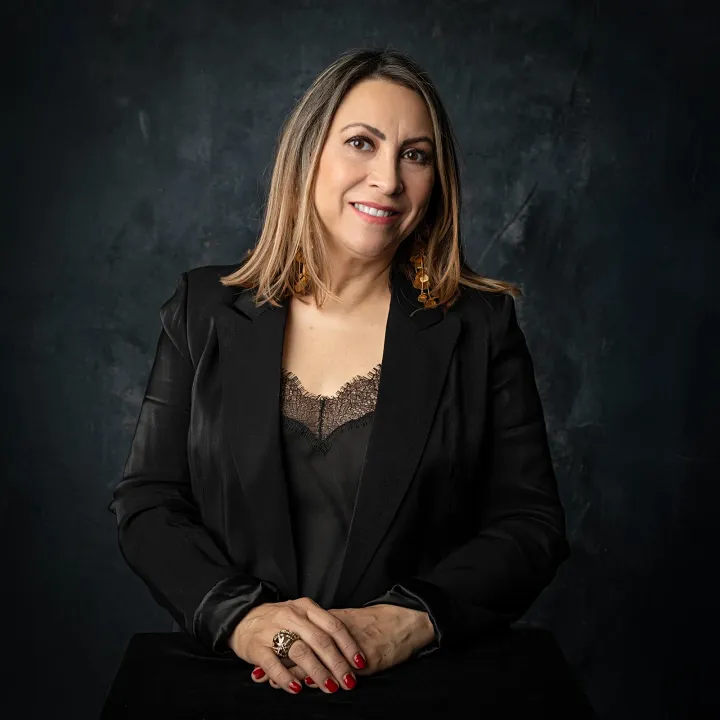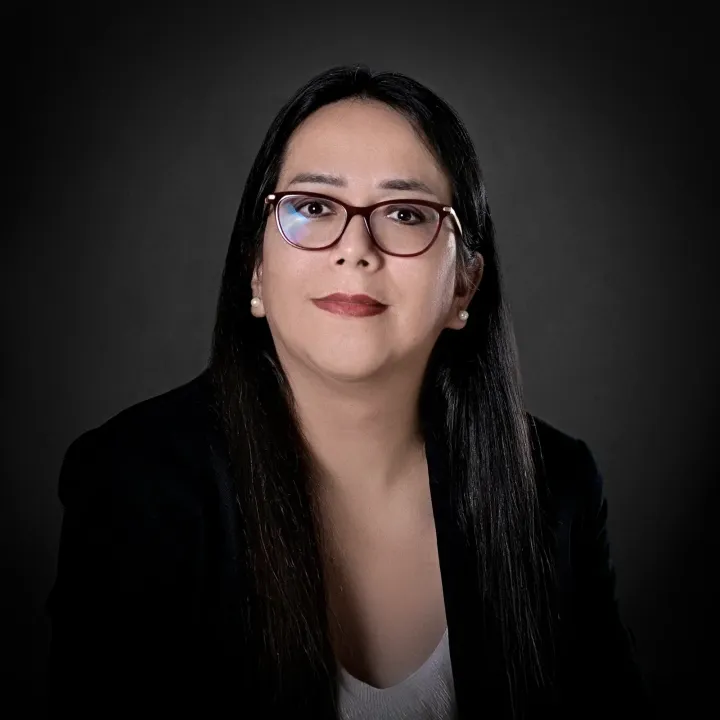Por Mónica Hernández
Parece un guión de película y muy probablemente se convierta en uno. Hvaldimir, una ballena blanca, una beluga hermosa y juguetona apareció en 2019 en Hammerfest, en la costa norte de Noruega, tocando con la nariz la barca de unos pescadores. Estos pensaron que se habían sacado la lotería porque la beluga se dejó acariciar. Parecía que había acudido a pedir comida o ayuda, y entonces se fijaron que traía un arnés alrededor del cuerpo. Pensaron que se había enredado. Los pescadores están acostumbrados a los cetáceos y saben que la confianza es recíproca. Porque suelen acercarse a las barcas con regularidad. Algunos se echaron al agua y le quitaron el arnés que traía alrededor del cuerpo. El artilugio estaba bien ceñido y parecía hecho a medida. Lo era.
El misterio continuó cuando la ballena empezó a tocarlo todo con la nariz y a dejarse acariciar. Quedó claro que no temía a los humanos y que sabía convivir con ellos. Lo que Hvaldimir quería era comida. Recibió sus buenos filetes de pescado mientras se analizaba el arnés, que se cerraba con un click, como cualquier arnés para perro. Por la parte de abajo se apreciaba un soporte para una cámara, que no traía. Lo más curioso fue un sello que decía “Equipo San Petersburgo”. Nació así el mito de la primera beluga espía rusa.
La ballena se dejó querer por los habitantes de Hammerfest: se dejaba acariciar a cambio de pescados y recogía objetos lanzados al mar por los vecinos, como un perro bien entrenado. Lo descubrieron porque un curioso que grababa con su celular lo dejó caer al agua y la ballena se lo devolvió. La ciudad noruega la adoptó y la bautizó como Hvaldimir, una mezcla entre hval (ballena en noruego) y Vladimir, por el presidente ruso. Hammerfest acogió una mascota descomunal. Pero el misterio continuó.
Moscú nunca confirmó o negó que la ballena fuera una de las suyas, pero un científico con acceso a poderosos microscopios que orbitan alrededor de la Tierra observó unas “granjas” o corrales de belugas en la costa noroeste de Rusia, donde se custodian muchos ejemplares. Más tarde llegó la confirmación: Hvaldimir era una espía fugada.
La vida del animal llegó a estar en peligro. Claramente criada en cautiverio y sola, era incapaz de conseguir alimento por sí misma, por lo que alguien se tuvo que hacer cargo de proporcionárselo. Muchas organizaciones de protección de animales marinos se interesaron por ella, pero fue OneWhale quien se encargó de supervisarla. Estaba sola. Se sentía abandonada y solo convivía con humanos. Empezó a comportarse de manera preocupante. Hvaldimir amaneció muerta el 31 de agosto pasado en la playa, sin signos de violencia. Tenía 14 o 15 años y pesaba más de 1,200 kilos.
La noticia es que una investigadora con contactos en Rusia, a quienes protegerá ocultando sus nombres, confirmó lo que se sospechaba: una beluga rusa se perdió por las mismas fechas en que apareció Hvaldimir en Noruega. Se llamaba Andruha y la habían capturado en 2013. Era tan lista que sus entrenadores confiaban en ella y la sacaban a “pasear” en aguas abiertas, tan lista que se fugó hacia su libertad.
La historia de la beluga parece tierna y lo es, pero tiene muchas lecturas. Todos somos listos y necesitamos confianza para nadar, para explorar, para descubrir. En la adolescencia necesitamos saber que hay un puerto al que podemos regresar cada vez que nos alejemos. Ya más adultos entendemos que la libertad es tan necesaria como el oxígeno, y hasta las ballenas lo saben. Más tarde aprendemos que la libertad tiene un precio o muchos, y algunos pueden ser altos, muy altos. Lo que no supo entonces esa ballena es que la libertad puede ser solitaria. Me quedo con que todos necesitamos ser libres, pero también necesitamos a nuestra manada. A nuestras manadas. Les deseo mucha libertad y muchas manadas donde hacer puerto para este 2025.

Las opiniones expresadas son responsabilidad de sus autoras y son absolutamente independientes a la postura y línea editorial de Opinión 51.





Comments ()